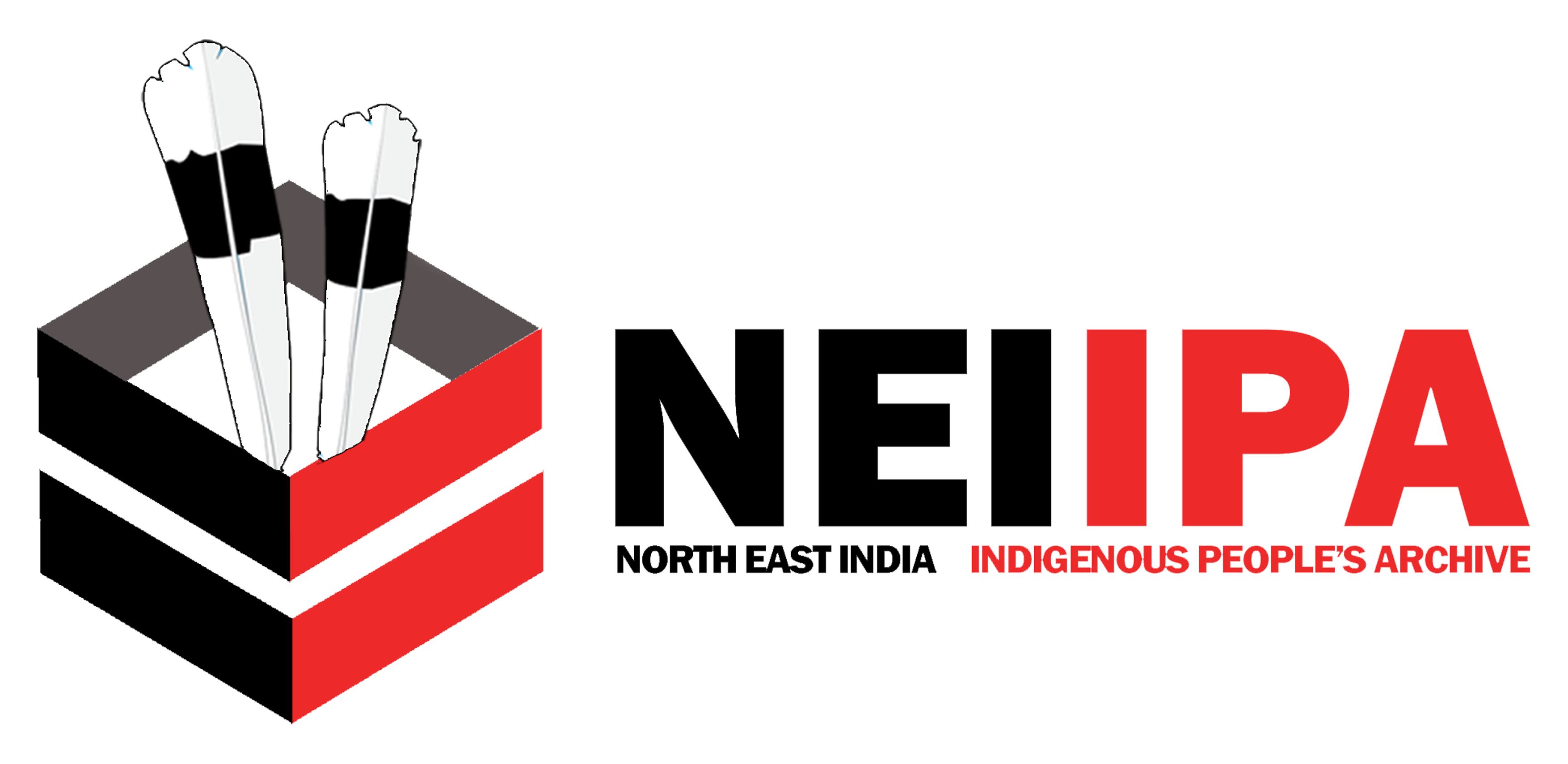The Ao people, a prominent Naga ethnic group, are native to the Mokokchung District in Nagaland, Northeast India. Their territorial expanse extends from the Tsüla Valley in the east to the Tsürang Valley in the west within the Mokokchung District. Self-identifying as “Aoer,” which translates to “those who came,” they trace their roots across the Dikhu River.
A distinctive feature of the Ao community is their historical role as the first Naga tribe to embrace Christianity. This significant shift occurred in 1872 when American Baptist missionary Edward Winter Clark reached the Ao village of Molungkimong. The advent of Christianity brought with it Western education, catapulting the Ao Nagas into pioneering roles across various fields.
According to the 2011 census, the population of Ao Nagas in Nagaland is approximately 227,000, concentrated mainly in the central Mokokchung District, with some residing in the adjacent state of Assam.
Geographically, the Ao territory encompasses different ranges, including Tzürangkong, Japukong, Jangpetkong, Asetkong, Langpangkong, and Onpangkong. These ranges vary in climate and vegetation, contributing to the diverse landscape of the Ao region.
The cultural fabric of the Ao people is woven with festivals such as Moatsü (Sowing) and Tsüngremong (Harvest), providing moments of recreation and celebration after the arduous tasks of agriculture. The traditional animist religion, rooted in the belief of appeasing spirits, has coexisted with Christianity, which was introduced as a civilizing mission by Clark. The Ao cuisine is characterized by non-vegetarian dishes, particularly pork, often prepared by boiling and featuring fermented bamboo shoots for flavor.
Craftsmanship holds a significant place in Ao culture. Women engage in intricate weaving, producing shawls, sling bags, and headgear. Cane and bamboo are used to create an array of products, including mats, basketry, and various accessories. Wood carvings, traditional ornaments, pottery, and metalwork contribute to the rich artistic heritage of the Ao people. These crafts not only serve practical purposes but also play a vital role in cultural expression and identity.
In essence, the Ao people’s history, cultural practices, and resilience reflect a fascinating blend of tradition and adaptation, making them a distinctive and integral part of the diverse tapestry of Nagaland’s ethnic landscape.
References
“A-11 Individual Scheduled Tribe Primary Census Abstract Data and its Appendix”. censusindia.gov.in. Government of India. Retrieved 28 October 2017.
Mills, JP. Ao Nagas (1926).
Dhanaraju, Dr. Vulli (2019). “Cultural History of Beliefs and Rituals: A Study of Ao-Naga Tribe of Nagaland, India”. History Research Journal.
“Culture & Heritage”. Govt of Nagaland.
Jamir, P. Supong (2016). “The Ao Naga Traditional Indigenous and Religious Beliefs” (PDF). Fazl Ali College Journal.
naga_family_records_2010
Bhardwaj, Sushma. “Exotic Cuisine of Nagaland: Methods of Cooking and the Medicinal Value of Their Edible Flora and Fauna” (PDF). DU Journal of Undergraduate Research and Innovation.
“Handicraft”. Govt of Nagaland.

